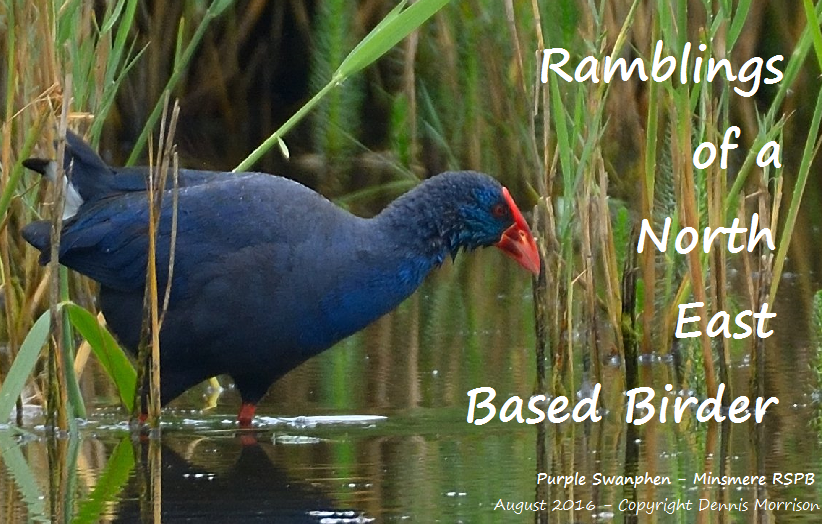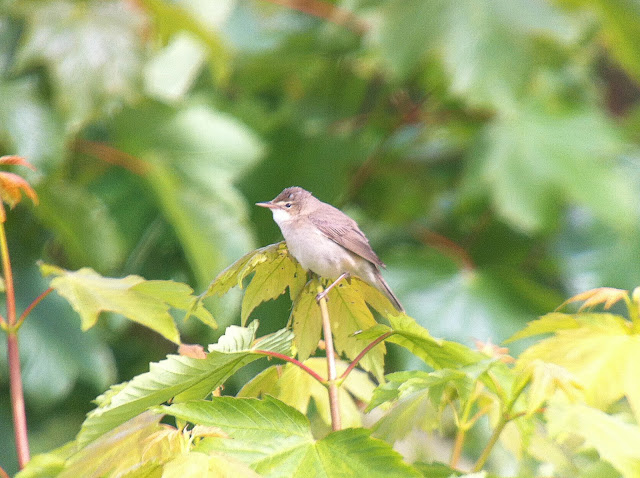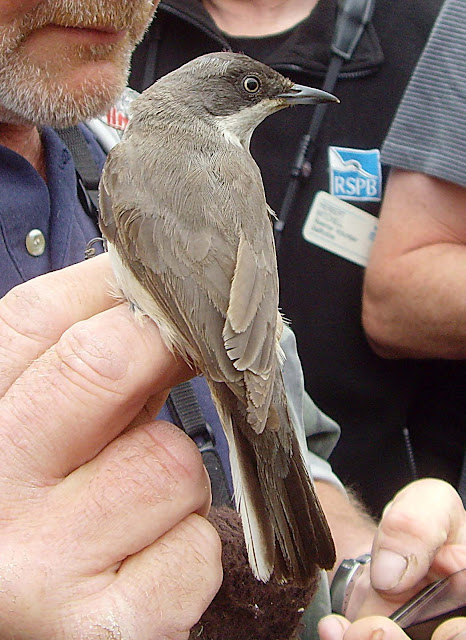I can still remember looking through the past reports of the
Little Swift at Old Moor RSPB and
wondering how long it was going to be until the next one. The species always
seemed to have that veil of super rarity with it due to the fact most of the
birds were one day wonders expect from the Notts and Norfolk bird, yet even though these birds
were available perhaps not to the masses. Then on Friday afternoon when
seawatching news broke of a Little Swift at New Brighton in Cheshire; which is
near Liverpool for anyone wondering. Normally I would just up sticks and go (as
it is only 3 hours each way), however for some reason I didn't bother and
continued to seawatch off Hartlepool Headland. The highlight was 1 Manx Shearwater and I had already
agreed that I would twitch the Little
Swift for first light if it was still present in the evening, an anxious
wait and then at about 09.15 news was put out the bird had roosted on the Pier
House at New Brighton. Roosted was exactly the words I wanted to here, I set
off at 12.45 and picked up some mates before going onto New Brighton , the drive down wasn't too bad
and plenty of chat to keep my awake and entertained. Arriving at around 04.15
it was just starting to get light, there it was sitting hunched up in left hand
corner of a window above the entrance to 'Pier House'. The rump was obvious and
large, the bird didn't do much for about two hours but did raise its head on
two separate occasions and the best was when it eventually woke up to fly and
some amazing views were had of it sitting head up before taking off.
(Little Swift - © Andrew Kinghorn)
It was
nice sitting but it was nothing compared to actually seeing the bird in flight!
What a beauty, darting about over our heads showing well with its large white
rump and throat patch being obvious. They are just how I remembered them in Israel last year, except this bird was allowing
for some amazing views and it was actually in Britain ! It performed amazing well
both at close and distant quarters, allowing for comparison with Common Swifts in varying lighting
conditions and distances. It was easily picked out even with the naked eye just
going of behaviour. A truly awesome bird.
Until next time, Foghorn out!
(Little Swift - © Zac Hinchcliffe)
(Little Swift - © Zac Hinchcliffe)
(Little Swift - © Zac Hinchcliffe)
(Little Swift - © Zac Hinchcliffe)













